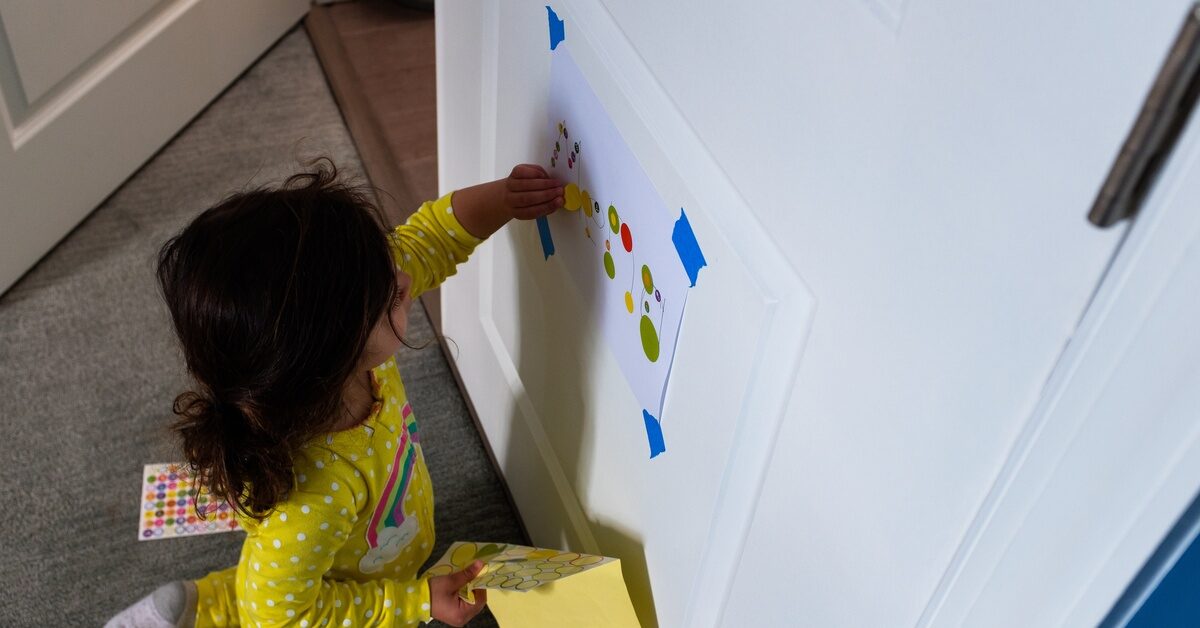Reward systems are powerful tools for shaping positive behavior, fostering responsibility, and encouraging growth in children of all ages. When tailored appropriately, they reinforce good habits and help children reach their fullest potential. Below, we’re exploring home reward system ideas for different age groups, sparking better behavior and cooperation you’re your kids.
Ages 2 to 4: Focus on Immediate Gratification
For toddlers, keep rewards simple, tangible, and immediate to hold their short attention spans. Stickers often work wonders. Use a colorful sticker chart to mark milestones like cleaning up toys or practicing their manners. Add extra excitement by letting them choose their favorite stickers.
Another idea involves short-term privileges, such as five minutes with a favorite toy or one more turn on the playground slide after a positive action. These immediate rewards make the connection between good behavior and the reward crystal clear, which is especially crucial at this developmental stage.
Ages 5 to 8: Make it Visual and Interactive
This age group thrives on visual systems with consistent feedback loops. A star chart works well to track accomplishments. For instance, award a star for every completed task, such as doing homework, brushing teeth, or setting the dinner table. After earning a predefined number of stars, allow them to exchange them for a reward.
Examples of rewards include picking a bedtime story, having a family movie night, or even a fun craft session. Children this age also begin to appreciate small financial incentives like saving coins in a jar for a toy they’ve been eyeing. Tying rewards to their interests creates a sense of pride and ownership over their success.
Ages 9 to 12: Build Independence and Responsibility
Pre-teens crave more autonomy, so reward systems should reflect their growing need for independence. A points system is effective here. Assign points for completing age-appropriate chores like walking the dog, mowing the lawn, or managing school assignments.
Allow them to accumulate points to purchase or acquire things that matter to them. Rewards could include screen time, choosing dinner menus, or earning tickets to an upcoming movie. Align rewards with their goals to ensure longevity. If your child is developing a hobby, offer hobby-related incentives like art supplies or sports gear.
It’s also worth noting that pre-teens with autism may benefit greatly from these reward systems. Clearly defined steps and rewards are highly effective for reinforcing positive behavior while reducing frustration or overstimulation.
Ages 13 to 18: Prioritize Experiences and Privileges
Teenagers are motivated by rewards that provide them with freedom or unique experiences. Engage them in reward system planning to make sure they’re invested in the process. Rewards might include later curfew times, a solo shopping trip, or a special experience they’ve been wanting to do.
Responsibility-based incentives also resonate well with teens. Offer privileges like driving lessons, managing their allowance, or hosting a small gathering once they achieve a milestone. Tie these rewards to achievements, such as higher grades, part-time job success, or meeting agreed-upon behavior goals. Set out clear expectations and timelines to reduce anxiety and build confidence.
Home reward systems foster meaningful lessons in accountability and achievement, especially when tailored to your child’s developmental age and stage. Whether it’s a toddler earning stickers for kindness or a teen gaining privileges through hard work, personalized systems can grow with your children.








Leave a Reply